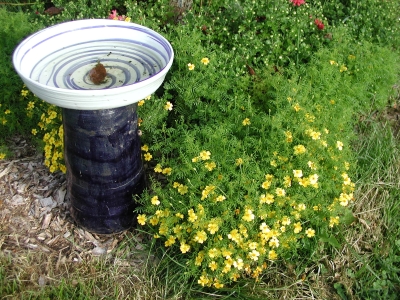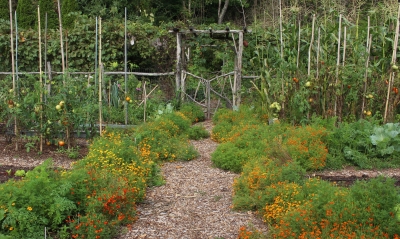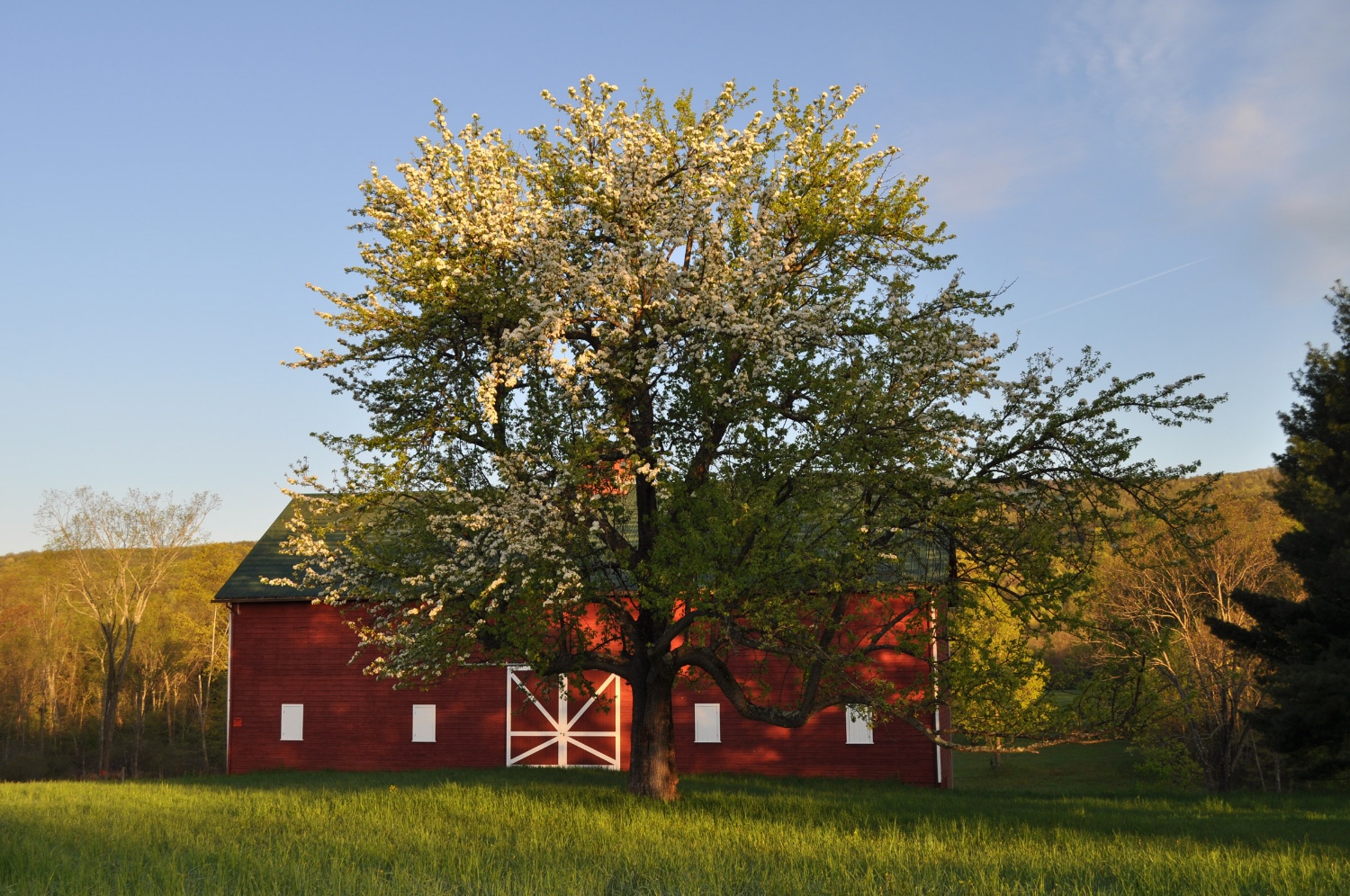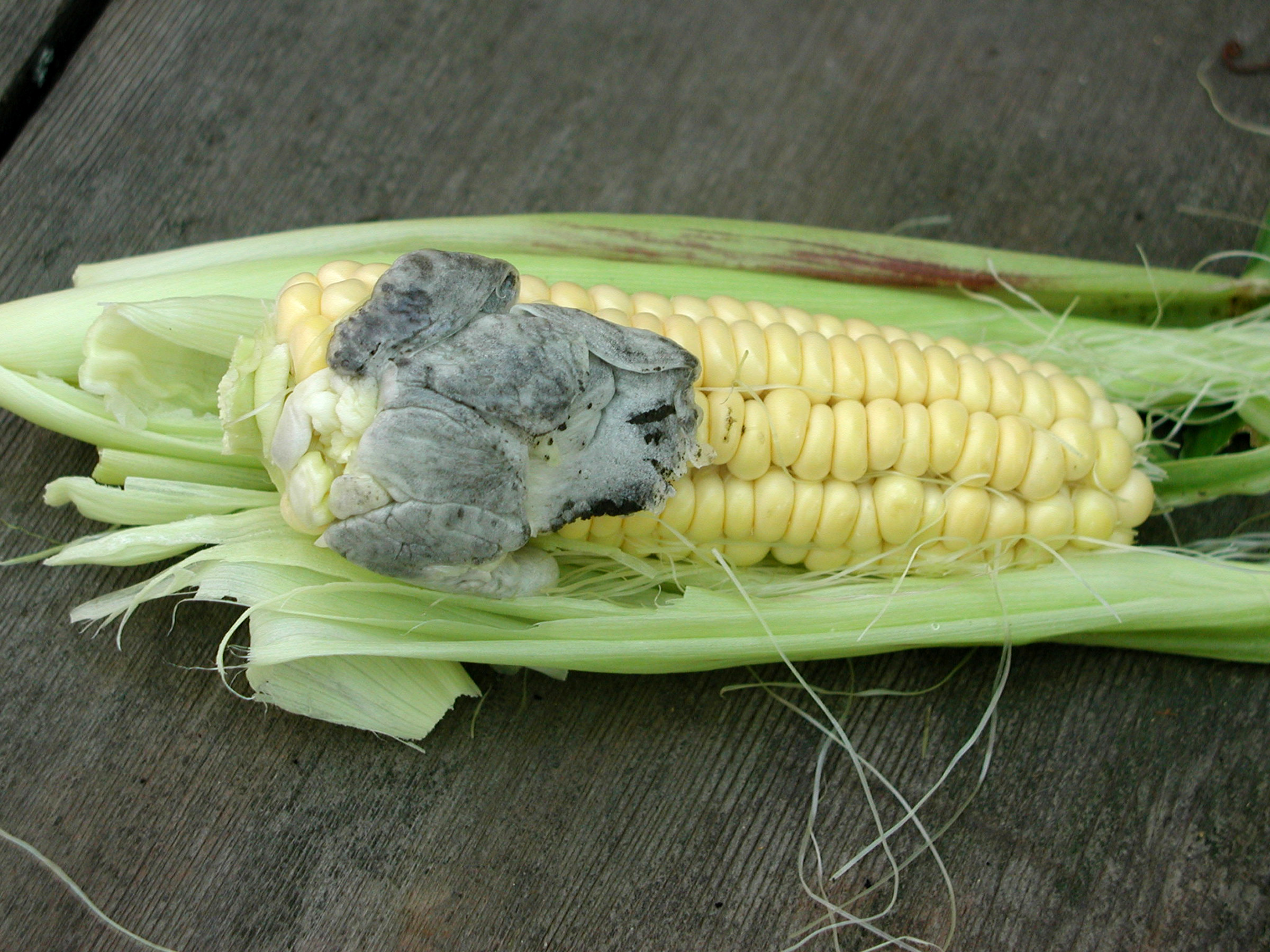A GEM OF A MARIGOLD
Some Marigold Species
Marigold is among the most widely planted and, hence, mundane of flowers, so merely writing the word is might make you yawn. Still, I count myself among those who enjoy marigolds, and welcome them as part of summer’s essence with their yolk-yellow blooms and pungent foliage. To please both camps of reader — those of you bored by marigolds and those of you enamored by marigolds — let me introduce Lemon Gem and its other lesser know kin.
Lemon Gem is unlike the marigolds familiar to most people. In fact, it belongs to a different species (Tagetes tenuifolia) than the French marigold (T. patula) or African marigolds (T. erecta) soon to open their sunny heads all over the place. You grow those marigolds for their flowers, large, solid color pompoms in the case of the African marigolds, smaller, sometimes multicolored single or double flowers in the case of the French marigolds.
Outstanding Kin
Lemon Gem, one of the so-called Signet marigolds, is a gem of a plant that you could grow just for its leaves. The plant is dainty, growing no more than about eight inches high, with finely divided, ferny leaves bright green in color. The leaves also reputedly have a lemony aroma, although my nose has never picked up any lemon except by suggestion.
Lemon Gem’s ferny leaves are a perfect background for knitting together various parts of a flower bed or mixed border. They would also be ideal for a knot garden, the kind of garden that has narrow rows of dense, low-growing plants patterned into a two dimensional design spread over ground level. I usually pretty up my vegetable garden by setting a couple of Lemon Gem plants in the ground at the head each bed to knit the whole scene of diversity together visually.

Tangerine Gem marigolds in garden
As long as we’re focussed on marigold leaves, let’s sidle for one more moment to two other marigold species notable for their leaves. I’ve always wanted to grow Spanish, sometimes called Mexican tarragon (T. lucida), the leaves of which have an anise scent and are grown as a substitute for French tarragon.
Here winter cold snuffed out my attempts with French tarragon. Further south, lack of sufficient duration of winter cold or high humidity could also do in the plants. This year I started some seedlings of Mexican Tarragon. Pinching the leaves of even small seedlings wafted that tarragon-y aroma into the air.
Besides its use as flavoring, Mexican tarragon has also been recommended — in a sixteenth century herbal — for hiccups and for crossing water safely.
Irish Lace (T. filifolia) is the other species of foliage marigold, this one with lacy foliage not unlike that of Lemon Gem — and also with the flavor of anise. How un-marigold-like, both of them, to anyone who has grown up familiar with the aroma of the more commonly grown marigolds! Both Mexican tarragon and Irish Lace do also bear flowers, but they’re tiny and white and hardly worth a mention.
Lemon Gem Has It All
Back to Lemon Gem now: Besides being a compact mound of dainty greenery, Lemon Gem does indeed bear flowers. Pretty ones. Each flower is a half an inch across, single, and lemon yellow. (There’s that “lemon” again; maybe the leaves do smell a bit lemony.)
You might think nothing of the flowers from this description, except that they pop out profusely through the foliage, each staring out against its verdant backdrop like a star twinkling in the night sky. In my garden, Lemon Gem always stops visitors in their tracks, then elicits the question “What is that plant?”
Those who know Lemon Gem love it. (I gave two knowing friends each a flat of seedlings.) For those who didn’t know it, it’s love at first site. There’s still time to sow seeds. Do it.
(I’m having my annual 3 hour plant sale here on my farmden in New Paltz, NY this Saturday, 5/25/24. Go to www.leereich.com/workshops for more info and plant list.)





Leave a Reply
Want to join the discussion?Feel free to contribute!